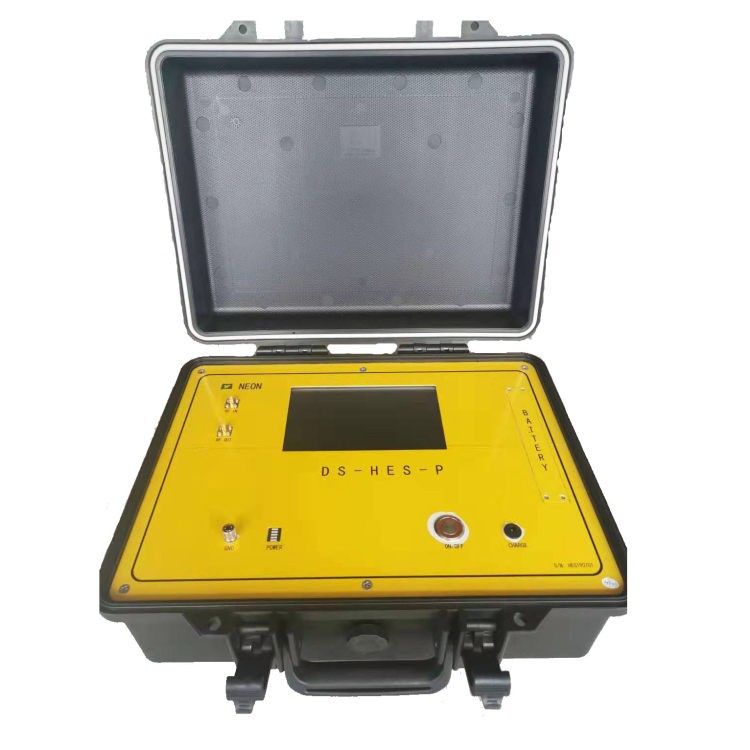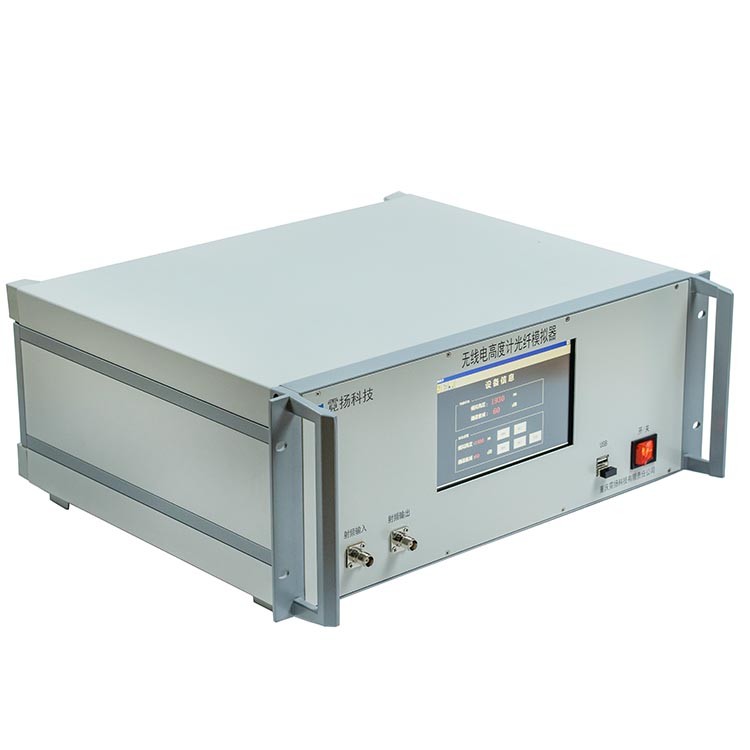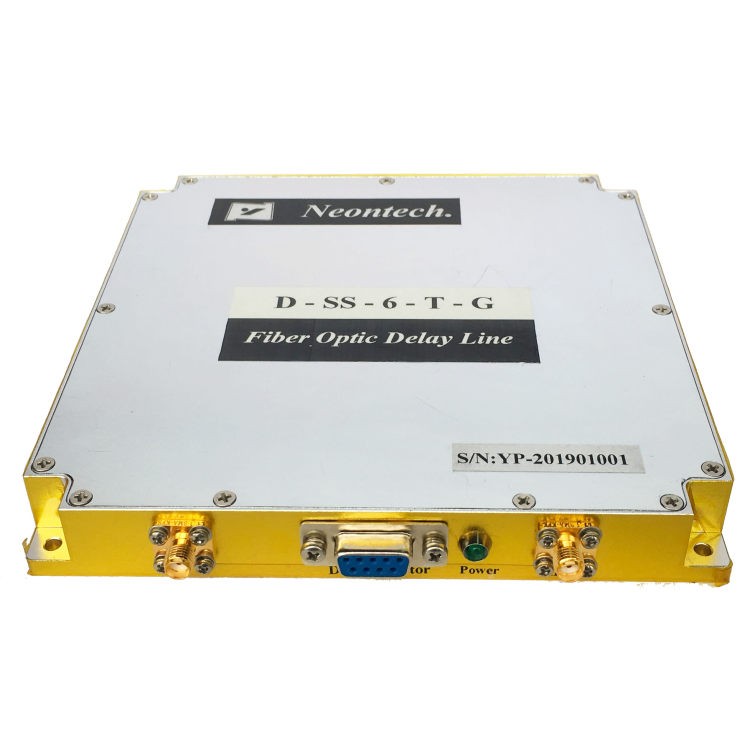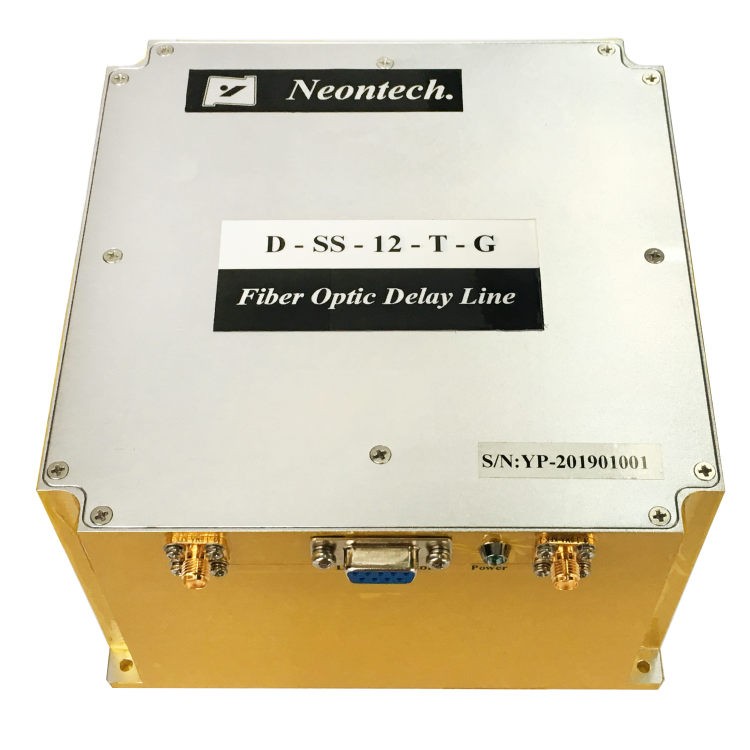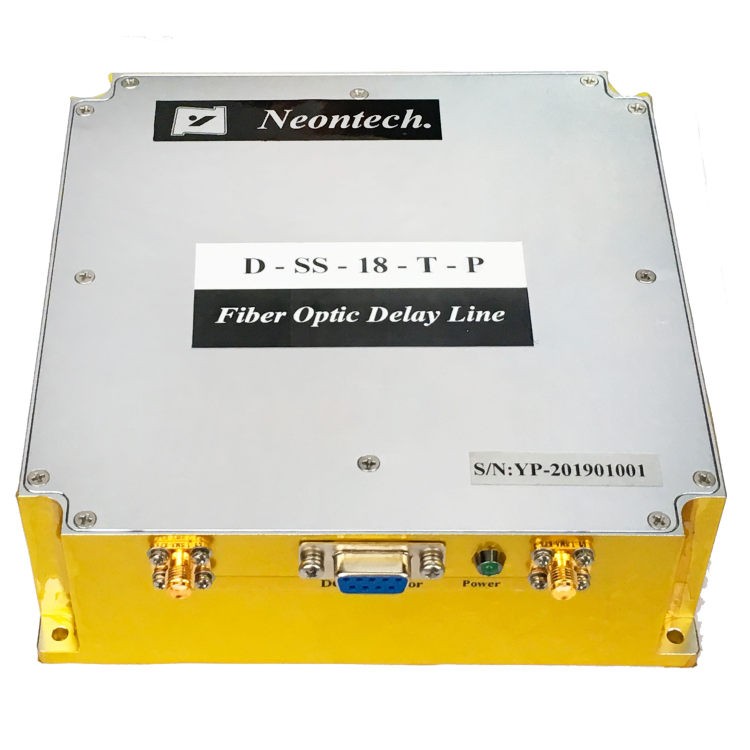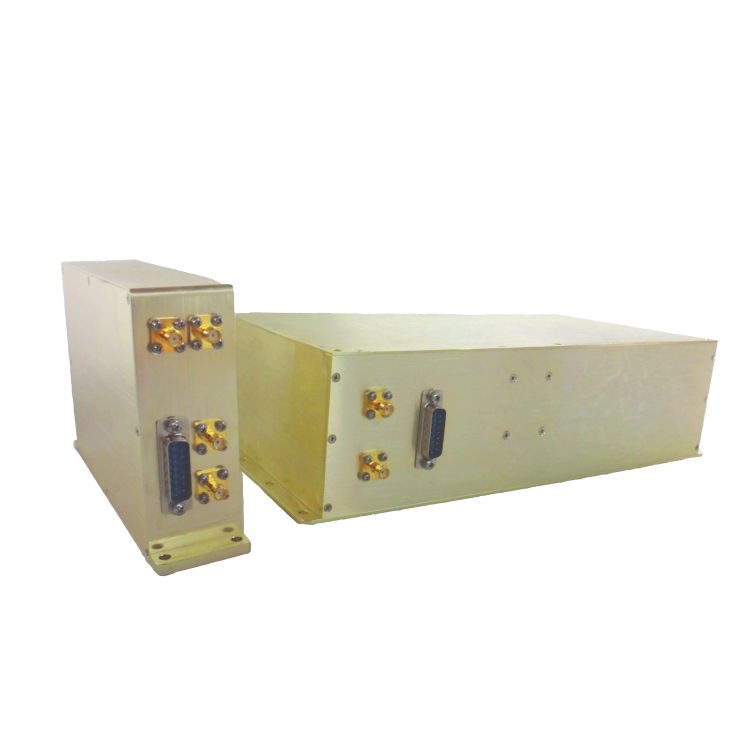Optical Delay Lines: A Versatile Technology for Electronic Devices
Optical delay lines are devices that delay optical signals by a certain amount of time. They can be used in a variety of electronic devices, including optical communication systems, microwave photonics systems, optical coherence tomography (OCT) systems, and optical signal processing systems. In this article, we will explore the world of electronic devices using optical delay line technology, shedding light on their applications and significance.
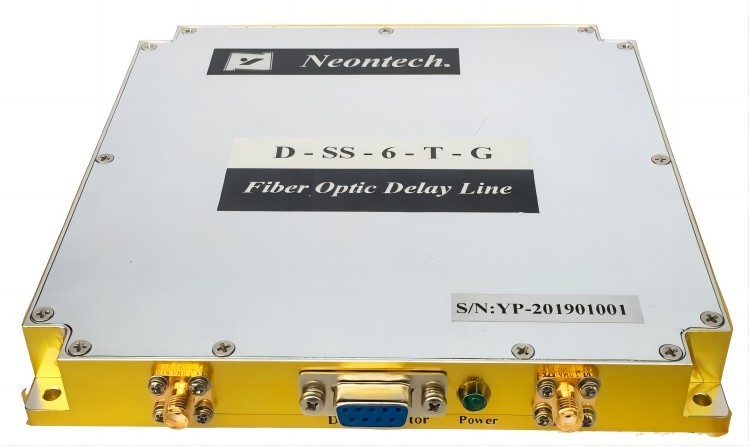
Types of Electronic Devices Using Optical Delay Line Technology
Optical delay lines are devices that delay optical signals by a certain amount of time. They can be used in a variety of electronic devices, including:
1. Used in Optical Communication Systems
Optical delay lines are used in optical communication systems to synchronize optical signals from different sources or to compensate for delays caused by the transmission of signals over long distances. For example, optical delay lines are used in optical transceivers, optical amplifiers, and optical switches.
One example of how optical delay lines are used in optical communication systems is in optical transceivers. Optical transceivers are devices that convert electrical signals to optical signals and vice versa. They are used in optical communication systems to transmit and receive data over long distances. Optical delay lines are used in optical transceivers to synchronize the optical signals from different sources. This is important because it ensures that the data is transmitted and received correctly.
Another example of how optical delay lines are used in optical communication systems is in optical amplifiers. Optical amplifiers are devices that amplify optical signals. They are used in optical communication systems to boost the signal strength so that it can travel over long distances. Optical delay lines are used in optical amplifiers to compensate for delays caused by the amplification process. This is important because it ensures that the data is transmitted and received correctly.
Finally, optical delay lines are also used in optical switches. Optical switches are devices that route optical signals from one path to another. They are used in optical communication systems to create complex networks that can transmit data to multiple destinations. Optical delay lines are used in optical switches to synchronize the optical signals from different sources and to compensate for delays caused by the switching process.
2. Used in Microwave Photonics Systems
Optical delay lines are used in microwave photonics systems to generate and manipulate microwave signals using optical components. For example, optical delay lines are used in microwave photonic filters, microwave photonic oscillators, and microwave photonic delay lines.
One example of how optical delay lines are used in microwave photonics systems is in microwave photonic filters. Microwave photonic filters are devices that filter microwave signals. They are used in microwave photonics systems to select specific microwave frequencies or to reject unwanted microwave frequencies. Optical delay lines are used in microwave photonic filters to create complex filter designs that would be difficult or impossible to implement using traditional electronic components.
Another example of how optical delay lines are used in microwave photonics systems is in microwave photonic oscillators. Microwave photonic oscillators are devices that generate microwave signals. They are used in microwave photonics systems to generate microwave signals with high frequency stability and low phase noise. Optical delay lines are used in microwave photonic oscillators to create microwave signals with a wide range of frequencies and powers.
Finally, optical delay lines are also used in microwave photonic delay lines. Microwave photonic delay lines are devices that delay microwave signals by a certain amount of time. They are used in microwave photonics systems to create complex signal processing systems that would be difficult or impossible to implement using traditional electronic components.
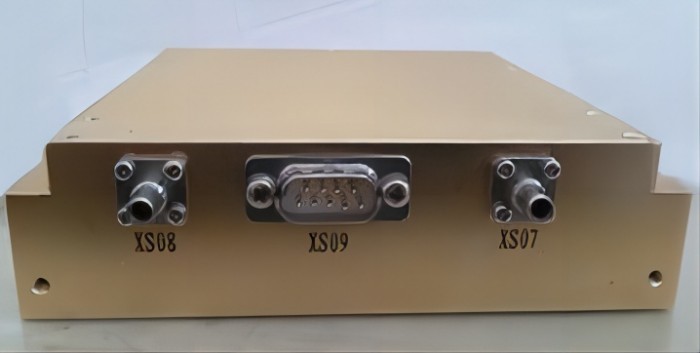
3. Used in Optical Coherence Tomography (OCT) Systems
Optical delay lines are used in OCT systems to measure the time difference between two optical signals, which is used to generate images of biological tissues. For example, optical delay lines are used in OCT scanners and OCT microscopes.
One example of how optical delay lines are used in OCT systems is in OCT scanners. OCT scanners are devices that use OCT technology to generate images of biological tissues. They are used in medical applications to diagnose and monitor diseases. Optical delay lines are used in OCT scanners to measure the time difference between two optical signals, which is used to generate images of the internal structure of biological tissues.
Another example of how optical delay lines are used in OCT systems is in OCT microscopes. OCT microscopes are devices that use OCT technology to generate high-resolution images of biological tissues. They are used in research applications to study the structure and function of biological tissues. Optical delay lines are used in OCT microscopes to measure the time difference between two optical signals, which is used to generate high-resolution images of the internal structure of biological tissues.
4. Used in Optical Signal Processing Systems
Optical delay lines are used in optical signal processing systems to perform various signal processing operations, such as filtering, convolution, and correlation. For example, optical delay lines are used in optical correlators, optical spectrum analyzers, and optical filters.
One example of how optical delay lines are used in optical signal processing systems is in optical correlators. Optical correlators are devices that are used to correlate two optical signals. They are used in optical signal processing systems to perform a variety of signal processing operations, such as pattern recognition and image processing. Optical delay lines are used in optical correlators to control the time delay between the two optical signals.
Another example of how optical delay lines are used in optical signal processing systems is in optical filters. Optical filters are devices that are used to filter optical signals. They are used in optical signal processing systems to select specific optical frequencies or to reject unwanted optical frequencies. Optical delay lines are used in optical filters to create complex filter designs that would be difficult or impossible to implement using traditional electronic components.
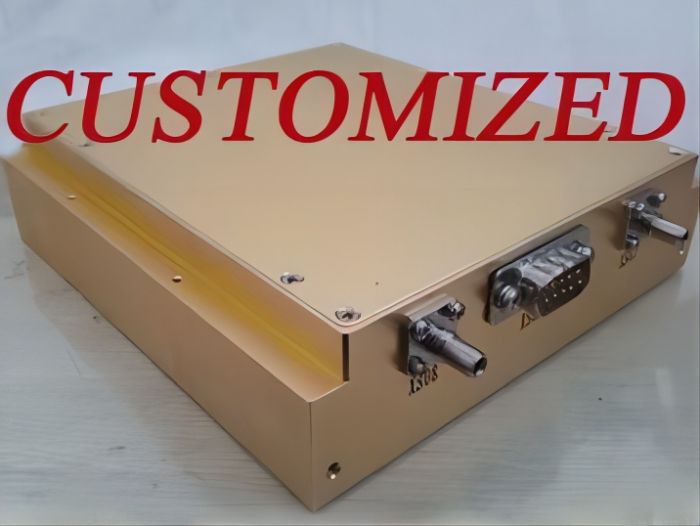
Conclusion
Optical delay line technology is a rapidly evolving field, and new applications are being developed all the time. Optical delay lines are used in a wide variety of electronic devices, including optical communication systems, microwave photonics systems, optical coherence tomography systems, and optical signal processing systems. Optical delay lines can be used to synchronize optical signals, compensate for delays, generate and manipulate microwave signals, and perform various signal processing operations.
As optical technologies continue to develop, optical delay lines are expected to play an increasingly important role in a wide range of electronic devices. For example, optical delay lines are being used to develop optical quantum computers and optical neural networks. Optical delay lines are also being used to develop new types of optical sensors that can be used to detect a wide range of physical and chemical quantities.


